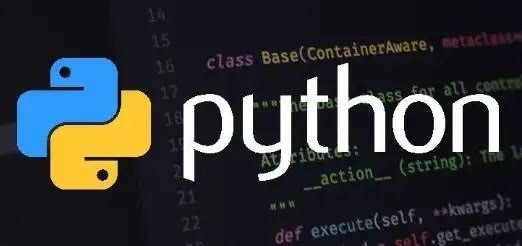NumPy, short for Numerical Python, is a cornerstone library in the Python ecosystem for scientific computing. It provides powerful N-dimensional array objects and tools for working with them, significantly speeding up numerical computations compared to standard Python lists. This tutorial will guide you through the essentials of NumPy, covering array creation, manipulation, and basic mathematical operations.
**Creating NumPy Arrays:**
NumPy arrays, or `ndarrays`, are the fundamental data structure. You can create them from lists, tuples, or using built-in functions:
“`python
import numpy as np
arr1 = np.array([1, 2, 3, 4, 5]) # 1D array
arr2 = np.array([[1, 2], [3, 4]]) # 2D array
arr3 = np.zeros((2, 3)) # Array filled with zeros
arr4 = np.ones((3, 2)) # Array filled with ones
arr5 = np.arange(10) # Array with numbers from 0 to 9
arr6 = np.linspace(0, 1, 5) # Array with 5 evenly spaced numbers between 0 and 1
“`
**Array Manipulation:**
NumPy offers extensive functions for array reshaping, slicing, indexing, and more:
“`python
print(arr2.shape) # Get the array dimensions
print(arr2.reshape(4,1)) # Reshape the array
print(arr2[0, 1]) # Access an element
print(arr2[:, 0]) # Access a column
“`
**Mathematical Operations:**
NumPy simplifies mathematical operations on arrays. These are performed element-wise:
“`python
arr7 = np.array([1, 2, 3])
arr8 = np.array([4, 5, 6])
print(arr7 + arr8) # Element-wise addition
print(arr7 * arr8) # Element-wise multiplication
print(np.mean(arr7)) # Calculate the mean
print(np.sum(arr8)) # Calculate the sum
“`
This is just a glimpse into the capabilities of NumPy. Explore its documentation for a deeper understanding and to discover its powerful functionalities for linear algebra, random number generation, and more.


Leave a Reply